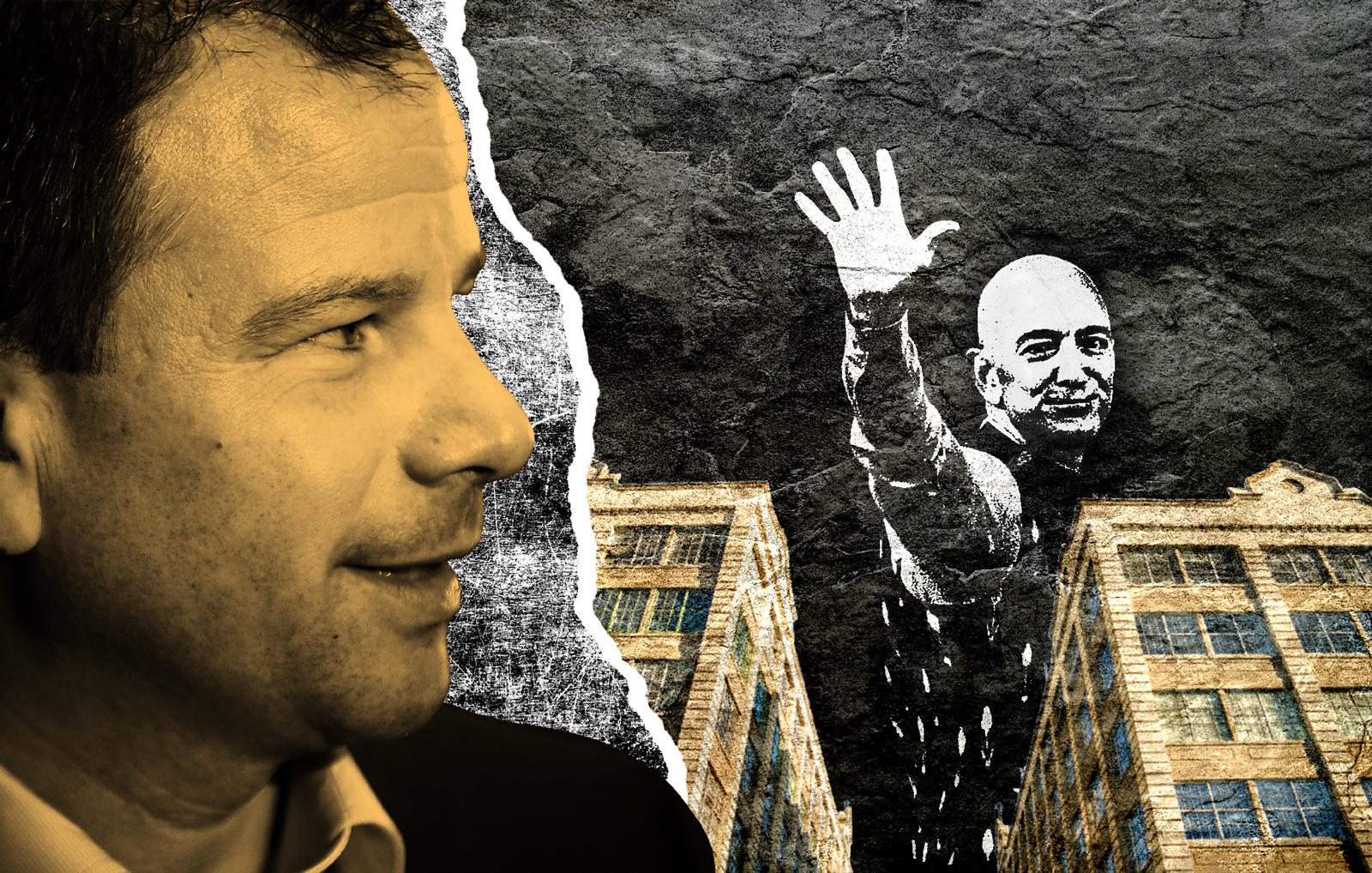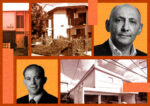Trending
Real estate hits bottom as Industry City abandons plan
Developers’ withdrawal in Brooklyn shows Amazon’s in Queens was no fluke

A year after Amazon’s stunning defeat in Queens, Industry City’s capitulation in Brooklyn marks a new low point for the real estate industry.
The owners of the 35-acre Sunset Park campus withdrew their rezoning application Tuesday night as mounting political opposition doomed its chances in the City Council. The decision makes clear that Amazon’s abandonment 19 months ago of a multi-billion-dollar headquarters planned for Long Island City was not an outlier.
For decades, the promise of jobs greased the path for projects needing political approval. Now, it kills them — even during a pandemic that has sent unemployment soaring.
Amazon declared in 2018 that its HQ2 would serve 25,000 to 40,000 employees making an average of $150,000 a year. But some activists and elected officials saw that not as a promise but as a threat. Those well-paid staffers, they said, would bid up housing and trigger landlords to raise rents. Amazon CEO Jeff Bezos, seeing disapproval as inevitable, canceled the plan in February 2019.
Other issues contributed to Amazon’s flameout, but the core issue was that its primary benefit, employment, was viewed negatively by certain locals and their political representatives, coming as it did after rents were pushed up by years of robust job creation and limited housing construction.
Jobs meant gentrification; jobs meant displacement. That narrative was so powerful that even when the coronavirus wiped out a million jobs, chased several hundred thousand of the city’s wealthiest out of town and sent rents tumbling, its believers clung to their position.
Industry City, which made jobs its primary argument for allowing more retail, office and academic uses, was toast. It had estimated the rezoning would lead it to invest another $1 billion in the complex and nearly double the number of jobs there, to about 15,000.
“It is clear that the current political environment and a lack of leadership precludes a path forward for our rezoning proposal,” its CEO, Andrew Kimball, said in a statement Tuesday night, apparently referring to City Council Speaker Corey Johnson and Mayor Bill de Blasio, neither of whom endorsed the plan or marshaled votes for it.
The City Planning Commission, which de Blasio controls, did approve the rezoning proposal, but only three City Council members came out in favor of it. It needed 26 of their votes to pass.
Development debates in New York once hinged on employment promises because 1 million manufacturing jobs in the boroughs had dwindled to fewer than 80,000 since mid-century, corporations were building suburban campuses and the city’s middle class was eroding. That is why the New York leaders who lived through that era, including de Blasio and Gov. Andrew Cuomo, rolled out the red carpet for Amazon. For politicians of a certain age, attracting employers is an autonomic act, akin to breathing.
But a new generation of activists came of age as the city was adding nearly 100,000 jobs a year and for-profit developers were building apartment projects in rezoned lower Park Slope, Downtown Brooklyn, Williamsburg, Greenpoint and Hudson Yards, not to mention Long Island City — all of which became associated with rising inequality and rent.
City planners concluded that gentrification happened as fast or faster in non-rezoned neighborhoods such as Washington Heights, Crown Heights, Red Hook and Inwood, but their messaging was buried in PDFs and think-tank panel discussions, and overwhelmed by that of anti-development forces. And the mayor rarely addressed the subject.
By itself, that might not have been enough to condemn Industry City’s plan to failure. But several Democratic incumbents lost primaries to far-left or socialist candidates such as Rep. Alexandria Ocasio-Cortez and Sen. Julia Salazar. Some sitting Democrats sought to avoid that fate or advance their own careers by embracing similar ideas. Rejecting donations from real estate became a popular campaign strategy, and even officials considered friendly to the industry, such as Sen. Michael Gianaris, became hardened foes.
Industry City’s nemesis was City Council member Carlos Menchaca, whose Sunset Park district includes the campus. Menchaca, pressured by local groups such as UPROSE and Protect Sunset Park, dragged out the rezoning negotiations for years. The Industry City owners — a partnership between Jamestown, Belvedere Capital, Cammeby’s International and Angelo, Gordon & Co. — felt he kept moving the goalposts or demanding the impossible, but knew that without the local member’s support, the chances of moving the project forward were slim.
After talks broke down and Menchaca announced this summer that he would vote against the rezoning, Industry City looked to Johnson to round up City Council support. The speaker initially appeared to entertain that notion, but this month raised concerns that some Brooklyn elected officials opposed the rezoning and that Industry City’s job promises could not be guaranteed.
The final nail in the coffin came Tuesday morning when a dozen elected officials, including four Democratic members of Brooklyn’s congressional delegation, released a letter opposing the rezoning, asserting that it would gentrify Sunset Park. One of them, Rep. Jerrold Nadler, has been working for more than 30 years, largely without success, to restore shipping jobs to that waterfront, and thus opposes retail there.
Politics might have also played a role in the speaker’s approach: Most of the signers are potential endorsers of Johnson’s 2021 mayoral campaign.
It has always been the case that only measures related to land use can be written into rezoning declarations, and these do not include job promises. Moreover, the jobs would be controlled by Industry City’s future tenants and beyond the campus’s control.
But it is hard to see how that would have mattered, as Industry City’s critics opposed the “innovation economy” jobs the campus aimed to create. Instead they demanded old-fashioned manufacturing positions, the kind that have almost entirely disappeared from the city since peaking more than half a century ago. Most are in Asia, Central America and lower-cost states, or are now done by machines.
The de Blasio administration has tried to relocate the textile jobs that remain in the Garment District to Sunset Park, but employers have been reluctant to leave Midtown.
The campus has other ways to fill space zoned for heavy manufacturing, and its leaders said Tuesday they would do exactly that. An Amazon-type distribution center is one possibility, and self-storage — which involves few workers — could be another.
Whatever tenants are chosen will draw objections from the same groups. They have jobs plans of their own, but own no property to enact them. Even if they did, noted one land-use attorney, they could not guarantee outcomes any more than Industry City could.
Builders have now discovered with Amazon and Industry City that whether the economy is growing or crashing, their projects will be portrayed as making things worse. Some may be waking up Wednesday morning wondering how they will ever get a major development through New York’s political gauntlet.




